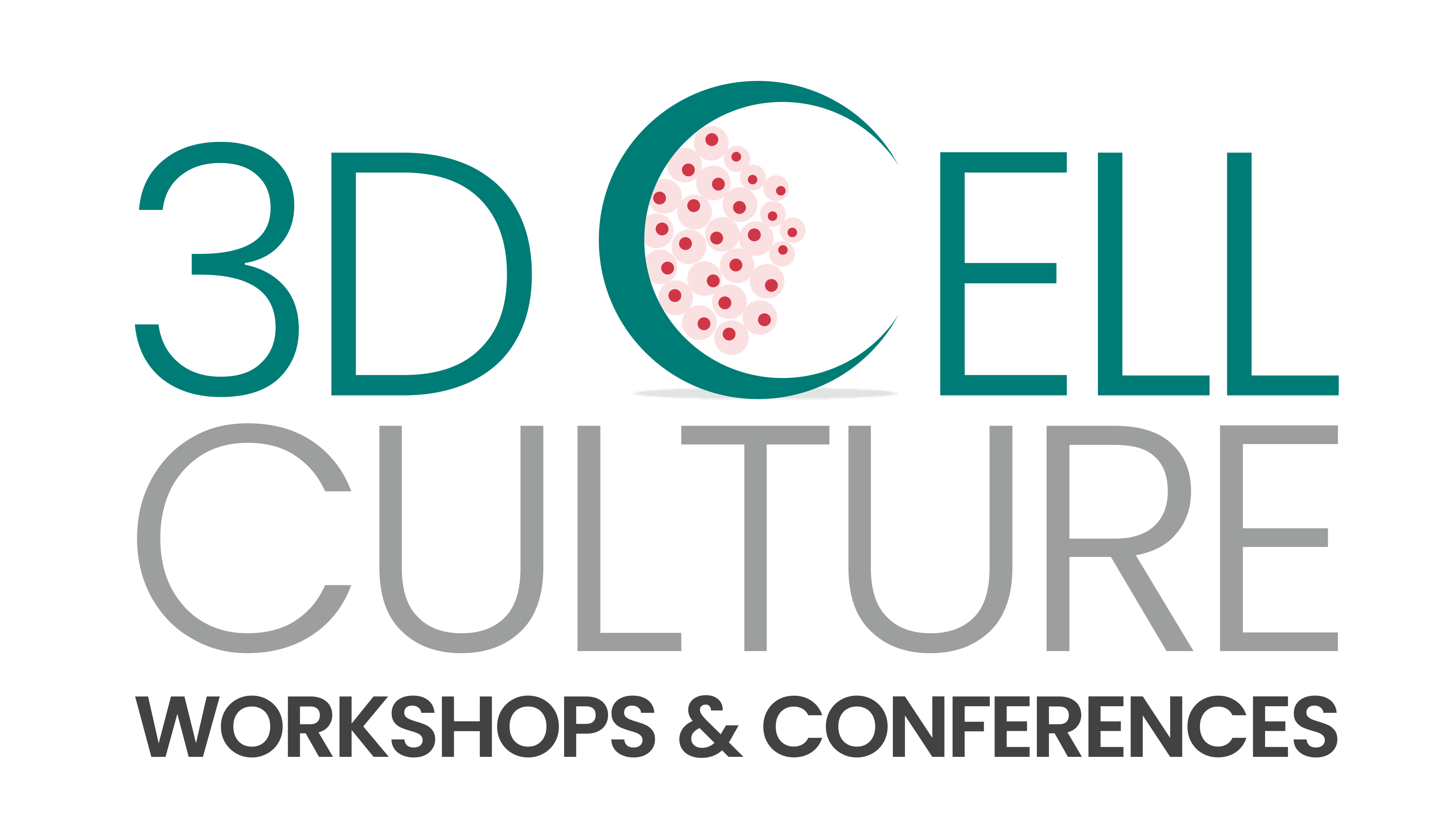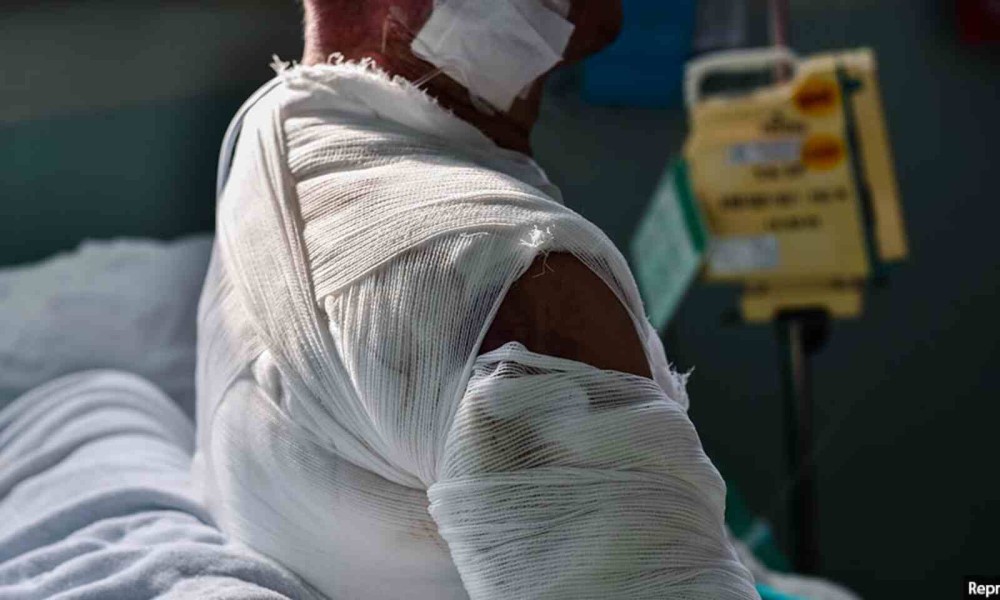Millions of people are affected globally by skin burns which is a serious condition requiring intensive care for a prolonged period of time and can be fatal too. Although the fatality has been on a downward trend in the high-income countries, the scenario looks grave for the rest of the countries. For example, in India, 7 million people suffer from burn injuries each year with 1.4 lakh deaths and 2.4 lakh people suffering from a disability. Non-fatal burns are a leading cause of morbidity, as they involve hospitalization, disfigurement, and disability, which often result in stigma and rejection in society. According to statistics, children, infants, and adult females are the most affected and this becomes more gruesome because burns are the 11th leading cause of death in children!
Let us look at the treatment options on the table – Treating mild burns is a fairly easy task and is usually undocumented. However, the options are limited for higher-degree burns where all layers of skin are affected. Skin grafts remain the best shot at treating severe burns. It involves surgically removing unburned skin from the same patient (autografts) or another donor (allografts) to cover the affected site. That would mean that these grafts leave an additional defect at the unburned site after their removal.
But there are major limitations associated with these options. There are chances that the grafts fail because of poor revascularization i.e. there is no blood flow or infection at the site. The success rate in allografts reduces further because of the chances of rejection by the immune system and if grafts fail, the only solution is to re-graft.
A call for help! It is quite evident that traditional therapies have proved to be insufficient for severe wounds and that is why there is an urgency of adoption of cutting-edge technologies to improve the quality of life of the patients. Advancements in 3D cell culture are one such tool that has made tissue engineering a promising avenue for skin burns and wound healing.
The main aim of tissue engineering is to mitigate the risks associated with traditional options like immune rejection, infection, and other complications. Researchers are thus attempting to reconstruct skin in the lab by using a supporting medium called a scaffold or a matrix which assists the cells to grow in their inherent orientation and arrangement.
Recently, researchers developed a biocompatible scaffold made from natural sources that not only supports the cells but also promotes wound healing after transplantation. Such 3D cell cultures not only have high clinical applicability but also make a great model to investigate other aspects of wound healing like inflammation and metabolism during regeneration. They can also be used to evaluate therapeutic agents for their applicability and effect.
In a not-so-far-away future, tissue engineering will have a major role in the treatment of burns and wounds. It has the potential to have a positive impact and decrease the worrisome numbers posed by skin burns today.

